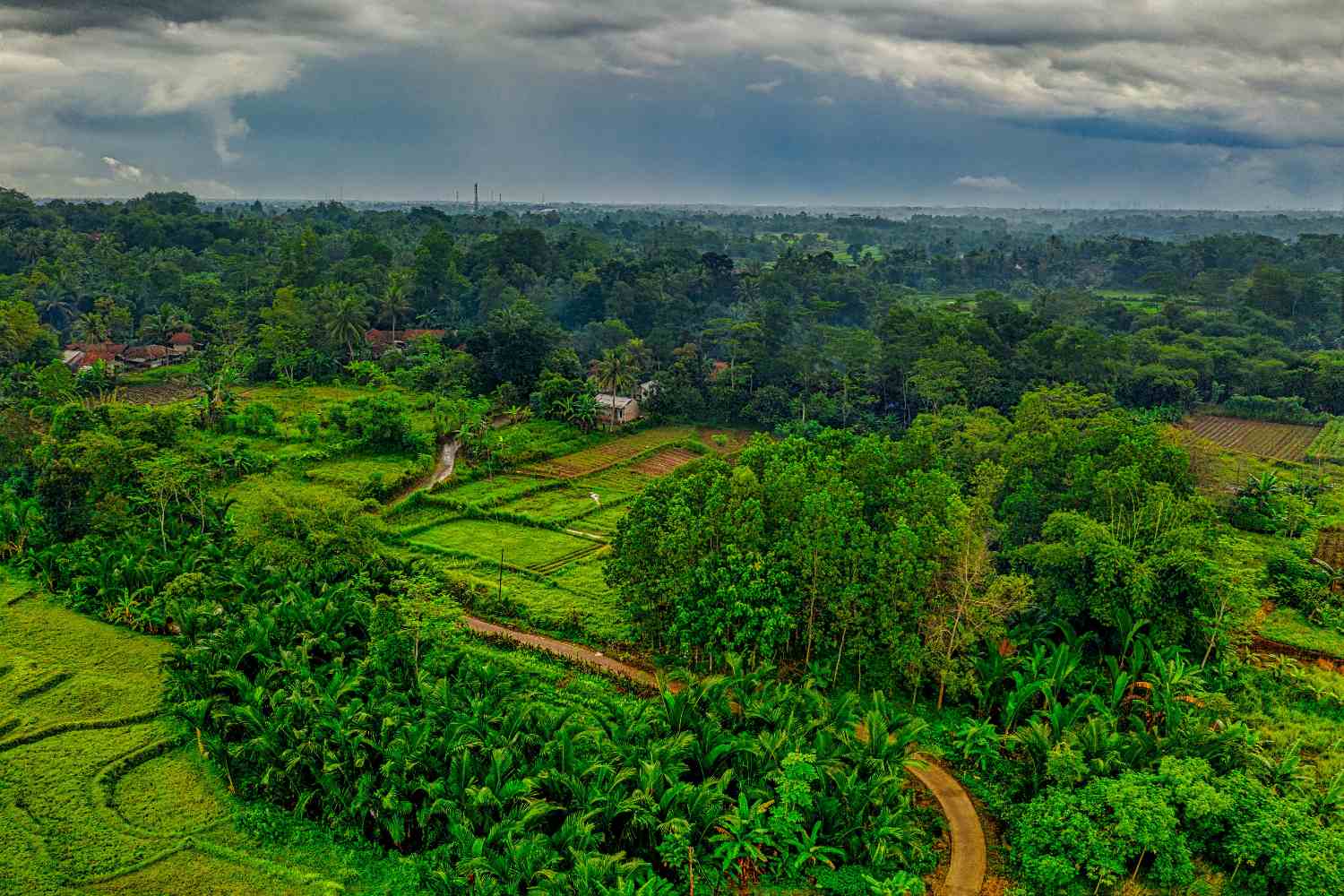Tropical forests are becoming younger, releasing 140 million tons of carbon annually. Protecting ancient forests is far more effective than replanting for climate mitigation.

@Tom Fisk/Pexels
They’ve long been our quietest allies in the fight against climate change. Every year, the world’s forests absorb vast amounts of carbon, locking it away in their trunks and soils. But a new study published in Nature Ecology and Evolution warns of a less visible but crucial shift: tropical forests are getting younger, and this “generational turnover” is now releasing 140 million tons of carbon every year.
The study and its startling numbers
Led by Simon Besnard at the GFZ Helmholtz Centre for Geosciences in Potsdam, the research analyzed global forest age dynamics between 2010 and 2020. It found that the planet’s oldest forests—particularly those in the Amazon, the Congo Basin, and Southeast Asia—have been progressively replaced by younger stands.
At first glance, the numbers seem small: only 1% of the world’s forested area shifted from “old” to “young.” Yet that sliver accounts for more than one-third of all carbon losses recorded over the same decade.
The reason is simple. Ancient trees—many over 200 years old—store enormous reserves of carbon. Old-growth forests hold an average of 31.5 tons of carbon per acre (77.8 t/ha), compared to just 9.6 tons per acre (23.8 t/ha) for younger forests. When these older giants are cut or die, much of that stored carbon escapes back into the atmosphere, undoing centuries of natural accumulation.
As Besnard puts it: “When you consider a forest as a carbon sink, the stock is more important than the sink factor.” In other words, the carbon already stored matters more than the speed at which new trees grow.
The tropical paradox
While forests in Europe, North America and China are slowly aging, the opposite is happening in the tropics. The Amazon, the Congo Basin and Southeast Asia—the planet’s biodiversity powerhouses—are undergoing what researchers call “negative aging.” Deforestation and wildfires are the main drivers.
The result is a troubling paradox. Young trees grow quickly and can absorb CO₂ up to twenty times faster than mature forests. But their storage capacity is far lower. Old forests take centuries to accumulate the carbon that younger ones will never be able to offset in the short time frames relevant for climate policy. The loss of these “slow reserves” makes the global forest system more unstable, more fragile, and less capable of buffering global warming.
Conserving beats rebuilding
The study’s conclusion is clear: protecting ancient forests is more effective than trying to rebuild them later. Conservation is cheaper, releases less carbon, and preserves biodiversity more efficiently.
Modeling projections to 2050 show that, under a conservation scenario, carbon stocks remain dramatically higher compared to a “business as usual” path. The authors acknowledge that reforestation has value, but remind policymakers that planting trees is no substitute for cutting fossil emissions or preserving existing forests.
Beyond carbon: the life of forests
A forest is not just a carbon warehouse. It’s habitat, water, ecological balance, and the backbone of countless human communities. Losing old-growth forests also means losing biodiversity, hydrological stability, and what scientists call “ecological memory”—the ability of ancient trees to guide the natural regeneration of surrounding ecosystems.
One crucial question remains open: what happens to the biomass that’s removed? Some carbon is released almost immediately through burning or agricultural deforestation. Another fraction ends up in wood products, where it can be stored for years or decades. Understanding exactly how much carbon remains trapped is still one of the major frontiers in climate research.
Source: Nature
